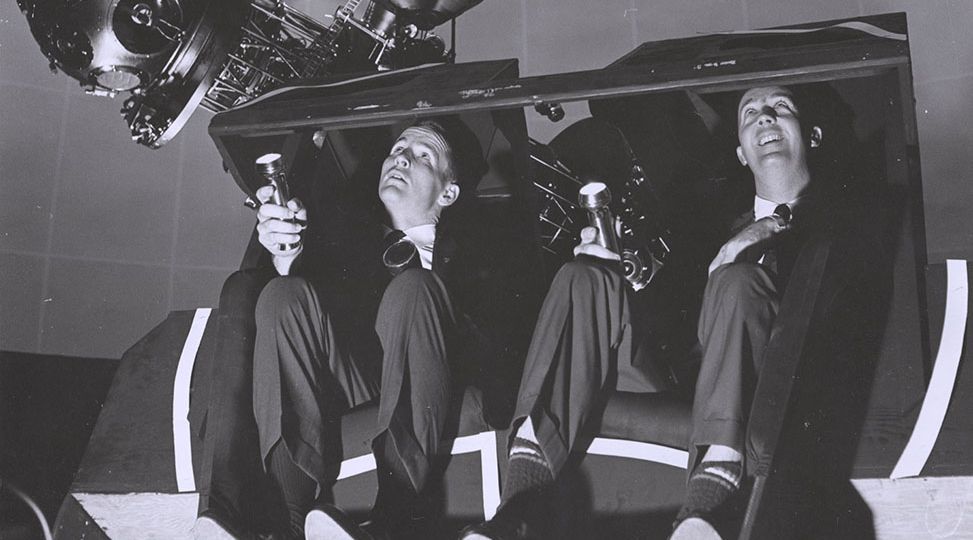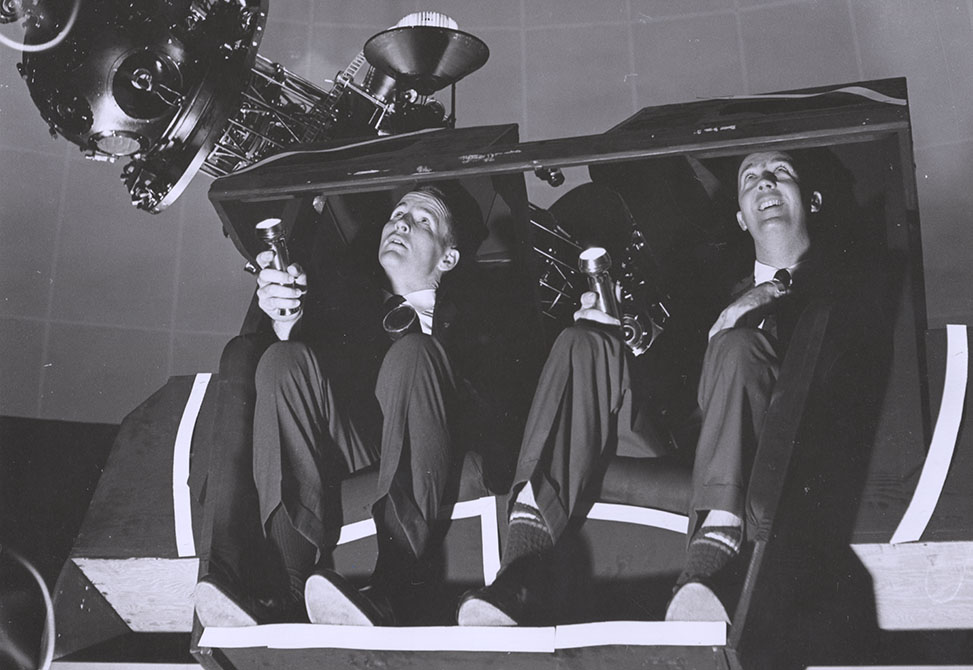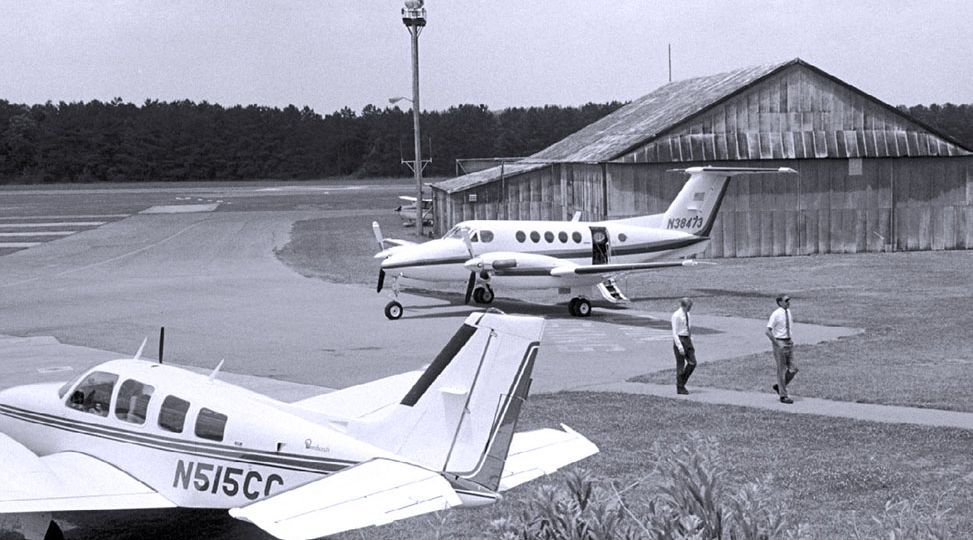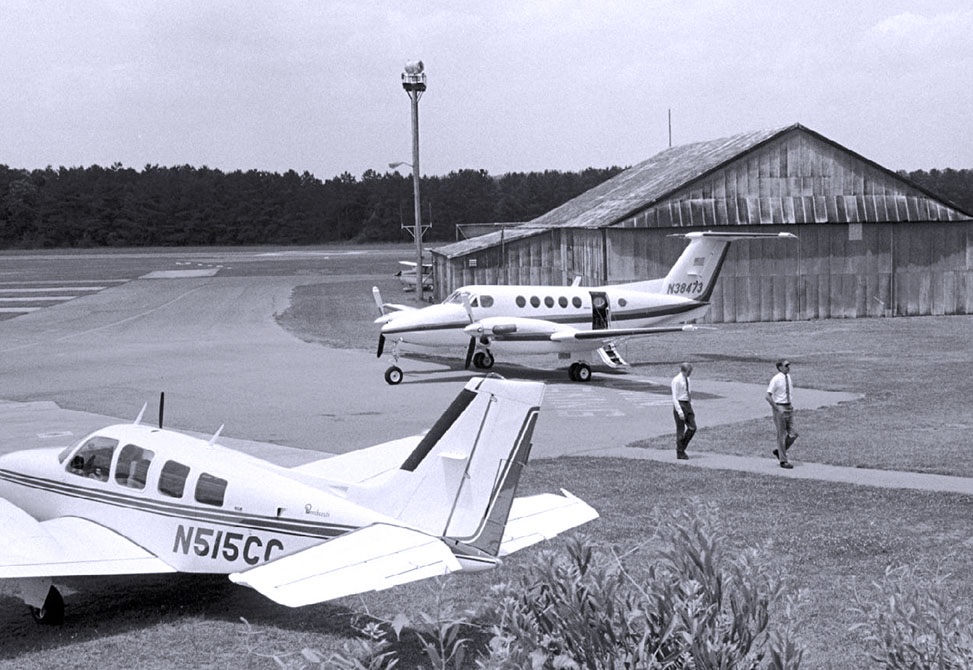Athletics
According to historian Kemp Plummer Battle, early students in Chapel Hill had little interest in athletics, choosing to spend their free time taking walks and carriage rides, hunting, and playing music. In cooler weather some students played a game called "bandy," a sort of predecessor to field hockey. By the mid-nineteenth century there was enough interest in sports that the university set aside a dedicated athletic field, located roughly in the area now occupied by Hamilton and Manning Halls. The university's first organized athletic team was the "University Club of Chapel Hill," a baseball team that played a few games in 1866 and 1867. Following the university's reopening in 1875 there was renewed interest in organized sports, and Battle reports that students were playing baseball and football in the 1880s. They organized a varsity football team, which played its first intercollegiate game in 1888. Intercollegiate baseball began on campus in 1891, while basketball was not organized as a varsity sport until 1910. Other early-twentieth-century varsity sports included tennis, track and field, wrestling, and golf. Swimming and diving became varsity sports in 1939, and soccer and lacrosse were added after World War II. Fencing is the most recent varsity sport at UNC—Chapel Hill, added in 1967.
Women students in Chapel Hill formed the Women's Athletic Association in 1934 to encourage exercise and intramural sports. Women students were increasingly active in club intramurals in the 1950s and began competing against other schools in sports, including basketball and field hockey. Women's athletics at UNC—Chapel Hill and nationwide were transformed in the early 1970s with the creation of the Association for Intercollegiate Athletics for Women (UNC—Chapel Hill was a charter member) and passage of Title IX of the Educational Amendments Act of 1972. Multiple women's varsity sports began during this period, including basketball, tennis, gymnastics, golf, field hockey, volleyball, swimming, and fencing.
Like many of its peer institutions, UNC—Chapel Hill has often struggled with the balance between athletics and academics. The university has faced multiple scandals involving athletics, including the Dixie Classic gambling allegations in the 1960s and accusations of academic irregularities benefiting athletes in the early 2010s. In the 1930s university president Frank Porter Graham issued a proposal that was intended to prevent an overemphasis on intercollegiate sports at the university. The Graham Plan would limit recruiting, abolish scholarships and postseason play, and place athletics under the control of the faculty. Although the plan was supported by administrators at other schools, it never came close to being adopted —athletics were already too popular with students and alumni. Graham was not the last UNC leader to push for athletic reform. William C. Friday, longtime president of the UNC System, was one of the cofounders in 1989 of the Knight Commission on Intercollegiate Athletics. While helping raise awareness of issues faced by student athletes, its efforts had little effect on curbing the growth and popularity of athletics at UNC and elsewhere.
In the early 2010s the athletic program was at the center of a long-running academic scandal. While the university did not receive major sanctions from the NCAA, the accusations and investigations lasted for many years and brought significant negative attention to the university and its teams.
From the late twentieth century through the present, UNC—Chapel Hill has consistently had one of the most successful university athletic programs in the country. While men's basketball and women's soccer often receive the most attention for their multiple national championships, they are hardly the only championship programs at the school. UNC has also won team NCAA championships in women's basketball, field hockey, men's and women's lacrosse, men's soccer, and men's and women's tennis. Tar Heel athletes have won individual championships in tennis, fencing, golf, gymnastics, swimming, cross-country, track and field, and wrestling. In 1994 UNC—Chapel Hill won the Sears Cup, which honored success across all collegiate athletic programs.





